Regulation of the pharmaceutical development process is important to ensure that drug products are consistently safe and effective. There are written guidelines for pharmaceutical validation, which ensure that drug compounds are handled and tested properly. There are also separate guidelines for the bioanalytical methods used in the development and testing of new drug compounds. The goal is to standardize and improve the consistency of pharmaceutical studies and that data that are used for drug approval. Examples of analytical methods include ligand binding assays and chromatographic methods (liquid chromatography, gas chromatography, and mass spectrometry). Both the FDA (U.S. Food and Drug Administration) and EMA (European Medicines Agency) regularly update their bioanalytical method validation guidelines, but their focuses are slightly different. The FDA outlines reporting guidelines in more detail, while the EMA focuses more closely on the conduction of experiments. The validation guidelines are unified under ICH (International Council for Harmonisation of Technical requirements for pharmaceuticals for human use).

We have come a long way from the days of blood letting, trephination, and snake oil salesmen peddling cure-all tonics. The oversight and regulation of organizations such as the European Medicines Agency and the Federal Drug Administration (FDA) have significantly improved the quality and safety of our medical and pharmaceutical products. Of course, our medical understanding has deepened dramatically, our science has become more sophisticated, and we have developed tools to perform large scale drug discovery and screening. With this deeper understanding of chemistry and drug development we have realized the importance of preserving the chemical molecules via proper storage conditions.
The ICH guidelines for stability lay out the requirements for identifying and maintaining drug efficacy by understanding the pathways of degradation. The International Council for Harmonisation of Technical Requirements for Pharmaceuticals for Human Use (ICH) was founded in 1990. The European Commission, FDA from the USA, and the Ministry of Health, Labour, and Welfare (MHLW), which later became the Pharmaceuticals and Medical Devices Agency (PMDA) in Japan are all founding members. Since that time, many other regulatory authorities from around the world have joined the ICH. The stated mission of the ICH is to “achieve greater harmonisation worldwide to ensure that safe, effective, and high quality medicines are developed and registered in the most resource-efficient manner.”
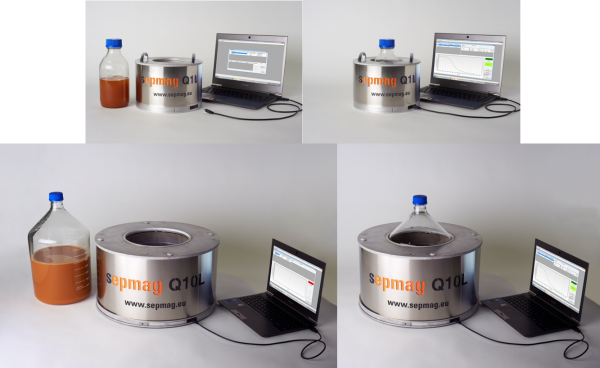
When one scales up production using a classic magnetic separation system, one finds that the separation time increases quickly with an increase in production volume. An increase in separation time means that material losses are higher and aggregation problems become a serious problem. By using homogenous separation time, one finds that the magnetic separation process is shorter and the separation time can be easily estimated. In homogeneous systems material loss and bead aggregation is minimized.

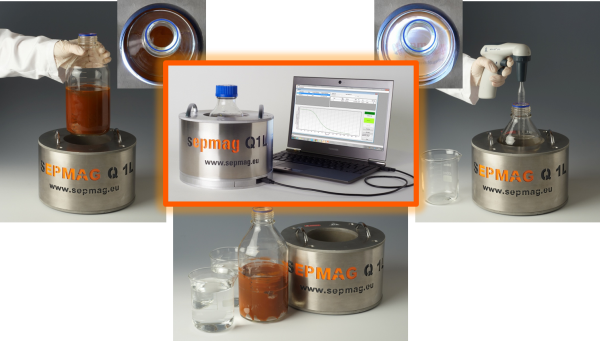
In non-homogenous magnetic separators, monitoring the entire separation process is difficult to impossible. As a result, errors in the magnetic separation process, such as using the wrong magnetic beads or using buffers with the wrong properties are not detected until the final QC testing stage.


When magnetic bead reagents are produced in quantity, often you cannot know if you have the correct properties of the beads until the final quality control step. But if these properties are wrong, finding out the properties at the end of the magnetic separation process for production does not allow you to salvage the lot. Knowing magnetic bead properties, such as size, magnetic charge and surface charge, is critical in order to have excellent reproducibility in the final product (e.g. IVD kits).

When using biomagnetic separation, in order to ensure the consistency of the resulting product and the process itself, there must be some sort of validation procedure. Validation should be consistent within a given lot, from lot to lot and also when the process is scaled up. The validation procedure should optimally be related to the conditions of magnetic bead separation and not be dependent on any specific device that generates the magnetic field.
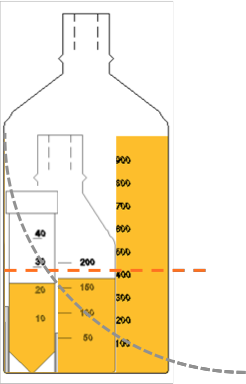
Biomagnetic separation used to take place in academic labs, but recently it has become a very industrial application. As processes are scaled up and volumes increase, the investment required for each batch is larger, but the expected economic return is also larger.

Because biomaterial is expensive, fragile, complex and sometimes rare, biotech companies spend a great deal of time and resources to develop and refine biomaterial production processes. Quality control and standard operating procedure demand that production managers make sure that all technicians and operators know and follow the exact procedures from batch to batch.
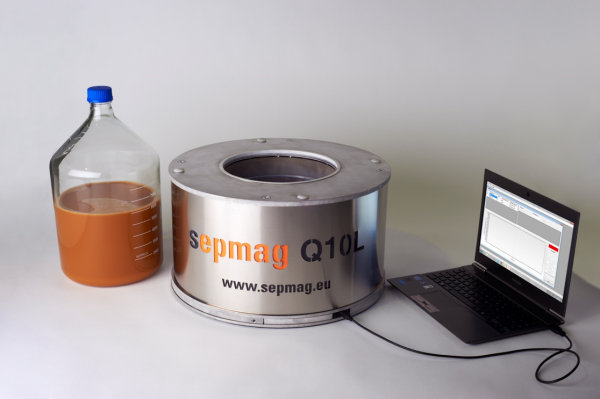
Consistent lot-to-lot results are achieved with biomagnetic technology only when magnetic bead separation is performed in defined and homogeneous conditions. When homogeneity is realized, separation is reproducible and scalable.
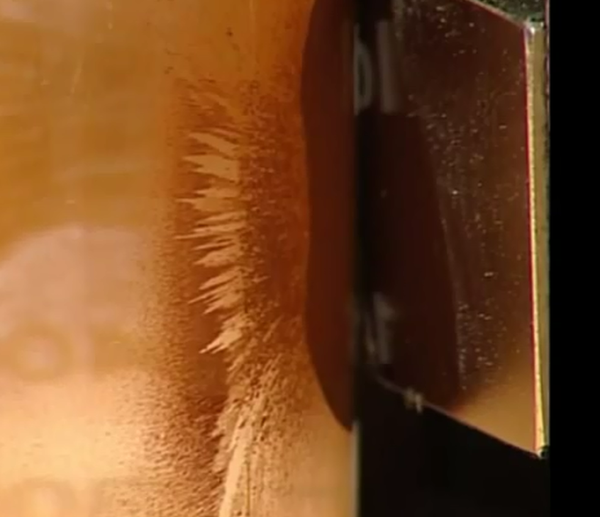
Of course, as in most industries, product consistency is key to the success of the Life Sciences industry. With magnetic bead separation, not only should working conditions be constant over time, but conditions should also be consistent from lot to lot, regardless of the time between production runs. One thing that should always be considered is the quality of the magnet used in the biomagnetic separation devices.
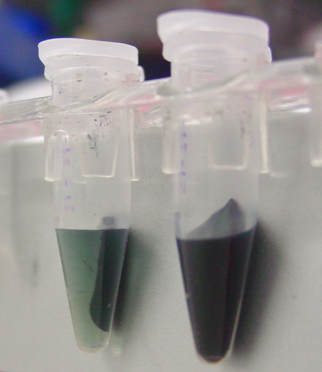
Those who use Life Sciences products rightly demand that these products show consistency from batch to batch. In other words, when comparing batches, one should find very little, if any, variability.

One of the major problems of traditional magnetic bead separation technology is aggregation of the magnetic beads. Aggregation decreases the yield and also contributes to variability between batches.

Reproducibility is very important when considering production of in vitro diagnostic kits. As such, there should be good quality control in place that strictly defines the parameters of the assay’s raw materials. For example, magnetic beads, antibodies and buffers should not vary from batch to batch. In addition, these raw materials should all act the same during biomagnetic separation.
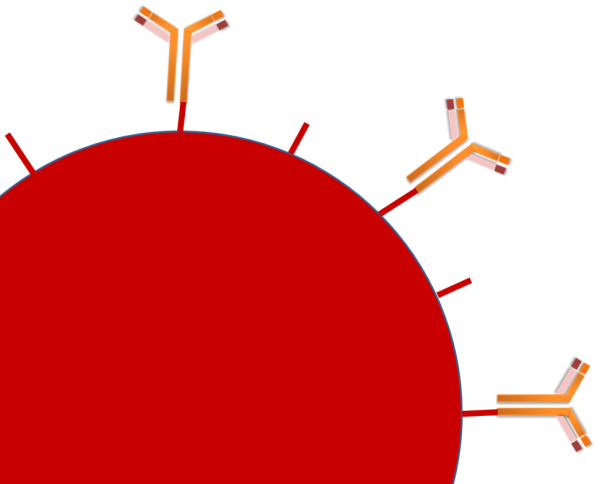
Often in life science research and clinical applications, magnetic carriers are utilized to separate or isolate biomolecules from suspension. A biomolecule is coated onto a magnetic bead or is ‘captured’ by a bead and then pulled to a given position in the solution via magnetic forces. In order to establish a robust and reproducible standard operating procedure (SOP), one needs to understand how the magnetic forces are generated and what key parameters need to be controlled.
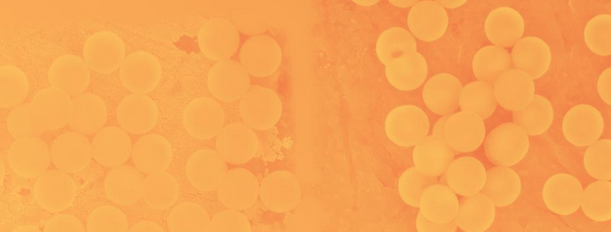
When a biotech company or other related industry decides to use biomagnetic separation technology, a great deal of time, energy and resources are typically spent by R&D and manufacturing departments to determine the optimal bead to use for their specific applications. Often, however, they overlook one of the major determinants of separation: homogeneity of separation conditions.
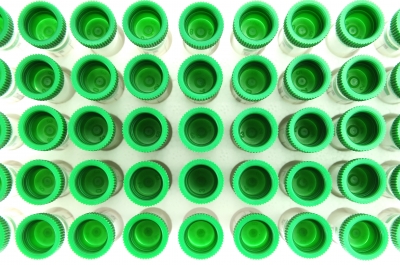
Magnetic beads are used by many biotech companies, typically for in vitro diagnostic applications and magnetic bead separation. Because these beads are so widely used, it is very important that every aliquot of every batch has exactly the same properties.
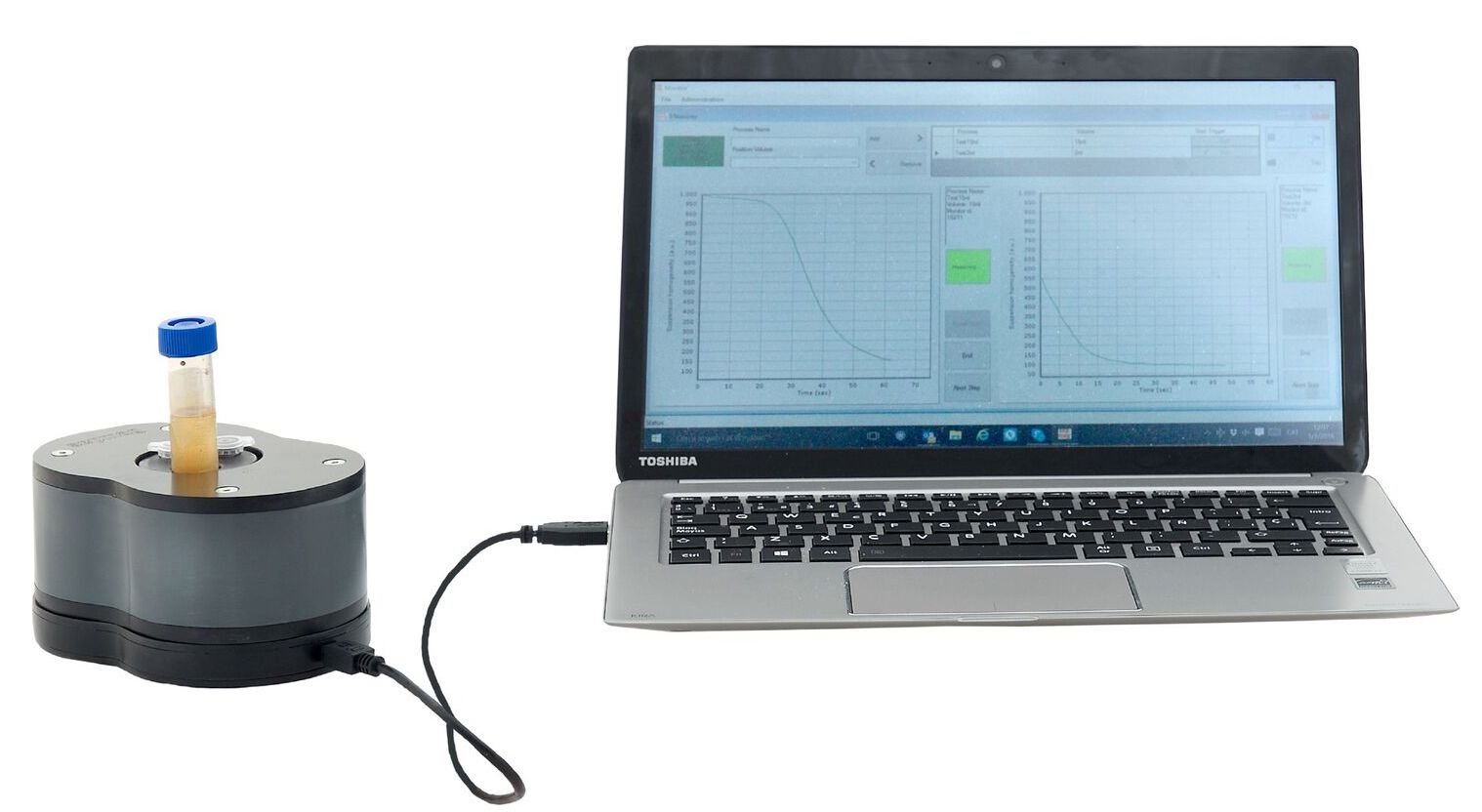
Traditional biomagnetic separation techniques have several drawbacks that affect both the quality and the quantity of the final product.

Biomagnetic separation needs validation in order to ensure reproducibility. The skills necessary to identify the key parameters affecting separation performance, measure those parameters, and enact the appropriate controls are specific and require an excellent background in physics.

Magnetic bead separation is being used in more and more applications (e.g. immunoassays, collection of genetic material, protein purification). Most of these applications are industrialized and therefore require quality control protocols, validation audits and standard operating procedures. Because of the economic implications, production mistakes are not acceptable, so products must demonstrate reproducibility in order to be viable.

The cornerstone of any good production process is the ability to have robustness and reproducibility, especially in the biotech industry and in the magnetic bead separation industry.

Since reproducibility over time is a highly desired trait when using biomagnetic separation, especially when used in the life sciences, it is important to consider all possible disruptions of consistency. Biomagnetic separation devices use permanent magnets which maintain their properties over long periods of time.

Biotech companies such as InVitro Diagnostic aim for 100% reproducibility in every single batch they produce and in every kit test in each batch. In fact, customers expect that they will receive a product that will perform exactly the same as the last time they purchased it. It does not matter what batch the product is or when it was produced.

It is vitally important for life sciences products to be consistent from lot to lot, so two batches of the same product produced in the same way should have little variability. In order to achieve a high level of quality control, one must define a strict standard operating procedure (SOP). In the case of a permanent magnet magnetic bead separation device, conditions are usually very stable and so the main parameter to control is the time the vessel is exposed to the magnetic field during production.
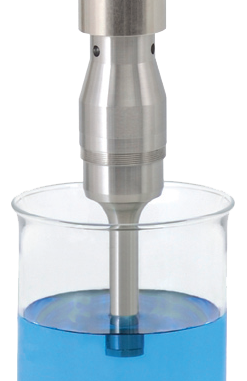
There are no easy ways to bypass steps or simplify the production process of magnetic bead separation. Steps in the production process that seem easy or easily bypassed, turn the production into a nightmare if one attempts to take short cuts. One of these seemingly easy steps is the resuspension step.

During the development of a magnetic bead separation process, scientists put great effort into reproducing the size of the beads, the magnetic charge on the beads, buffer composition, pH and temperature. What is often overlooked, however, is the importance of homogeneous biomagnetic separation conditions.
This post is about magnetic bead separation and how to validate this process. If you are interested in this topic, and are willing to learn more about it, download our Free Guide The Starting Guide to Validate Biomagnetic Separation Processes:

Separation techniques using magnetic carriers (either beads or particles) are often used in the life sciences to ‘capture’ specific biomolecules. These techniques utilize immunocapture, DNA fragments, or electrical charge in order to specifically target the biomolecule of choice. After magnetic capture of the biomolecule, magnetic forces can separate it from the rest of the milieu. Because of the seeming ease of separation, biomagnetic techniques are used by some as the ‘gold standard’ of separation technology.

Protein purification using magnetic particles is well established in life science R&D but has not reached commercial acceptance for larger scale applications in bioprocessing. Preparative scale purification of antibodies using magnetic beads is far more time efficient, however existing column chromatography methods are significantly cheaper. To be competitive, the main challenges that need to be addressed for magnetic separations are:
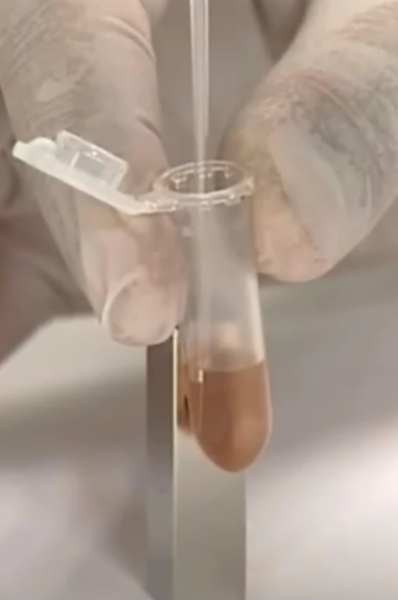
Biomagnetic separation technology is being widely adopted in many biotech and other life science industries. The managers of these industries spend a lot of energy, time and resources choosing the correct beads for their applications, however they often overlook very important variables that need to be controlled pertaining to the magnetic bead separation process.

In Vitro Diagnostic (IVD) Immunoassays are some of the most successful life science magnetic bead and particle research applications that have come to market. The demand for such technology in hospitals and laboratories in particular, has grown dramatically.
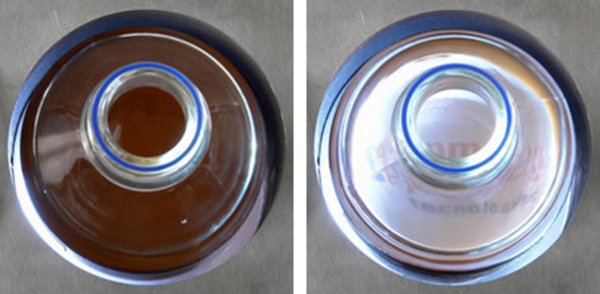
It is common knowledge that industries and biotech companies must validate any production process in order to maintain the consistency of their products. In processes that cannot be validated at a high level, lot numbers become very important so that the end user can compare and understand lot to lot variation.
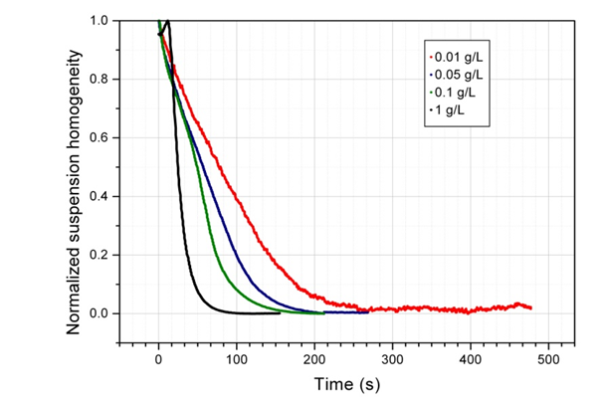
Non-homogeneous biomagnetic separation processes are difficult to validate and standardize. The fact that magnetic beads move at different speeds due to the varied magnetic forces in a non-homogeneous environment makes monitoring the production almost impossible.


